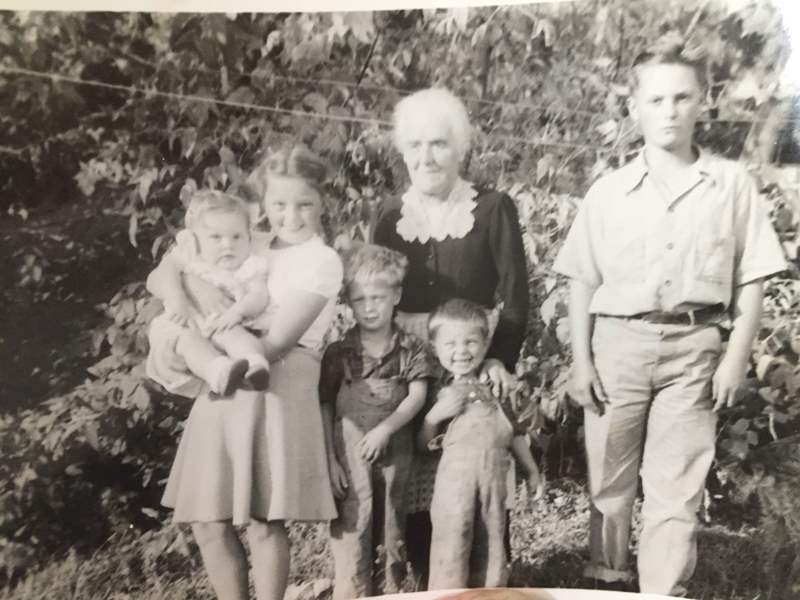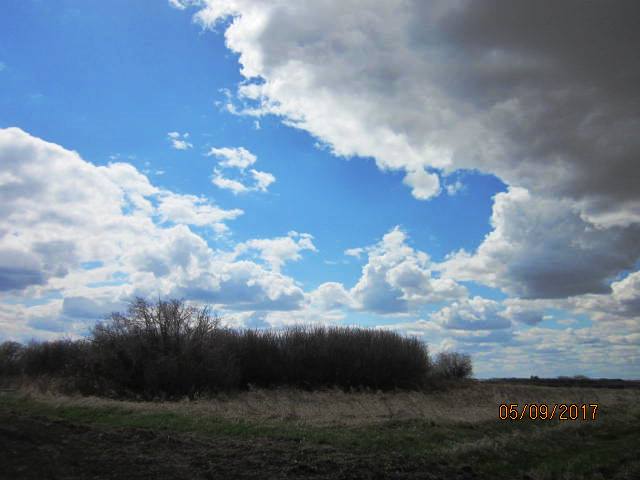
The first Anglican Church was established in the Sturgeon area in 1894 on 40 acres of NE 01-55-24 W4 with one acre reserved for a graveyard. The Anglican Diocese of Calgary closed the church in 1898 and sold all the land but the graveyard (there was no Edmonton diocese yet). Burials continued up to 1927. Alberta Law prohibits some graveyards from being disturbed[i] so the Sunnyside Cemetery remains to this day in the centre of a farmer’s field off Sunnyside Road. Every year its edges get rounded off a bit more by large farm equipment. You must ask permission from the landowner to cross the 100 metres or so between the cemetery and the road, and be careful not to disturb the crop in any way.
The cemetery is almost impossible to visit. A local beekeeper has set up a large number of beehives to take advantage of the canola crop. Watch out if you’re in the honeybee flight path. If you should manage to find the gate at the entrance, you’ll enter an unworldly place.

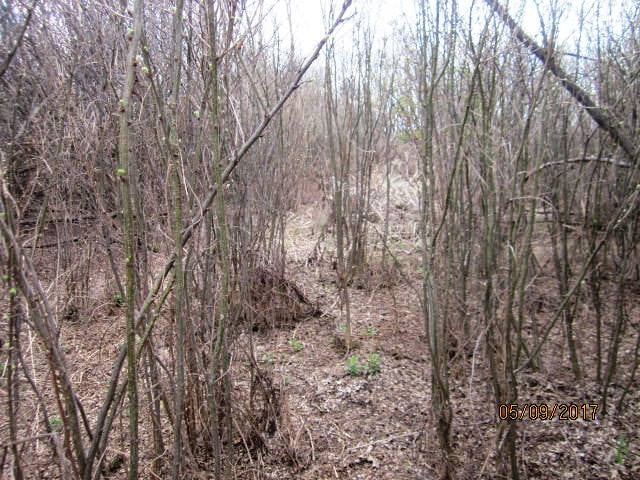
At least eighteen graves can still be located. The headstone for Benjamin Hewitt, who died August 19, 1901[ii], and his son William who died in a shooting accident at the age of twelve, used to mark the northeast corner, but now it’s fallen over and the inscription has almost vanished.
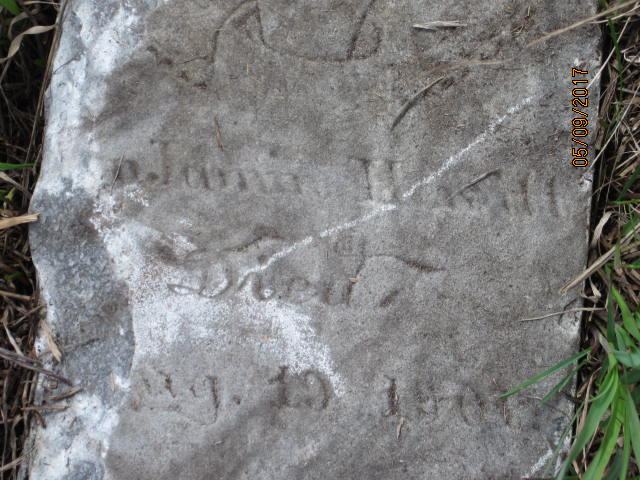
The lettering can be read on the headstones for George Willow (1819-1893), Sarah Ann Peters (infant), Susanna Gibbons (1927), Charles Francis Cardinell (1876-1898) and Edward (Teddy) Sleap (1870-1923).
Teddy Sleap interests me the most. The Gibbons and Bon Accord community histories each have extensive write-ups about him. Soldier, sailor, cello player – Teddy Sleap was not your average British immigrant in the early 1900s. I used the histories as a jumping off place to find out more about Teddy Sleap. Everything the histories said was backed up by genealogy and history websites.
He was born at Belvedere, Kent, England in 1870, second youngest in a family of ten. He attended an exclusive British private school, ran away to the British Navy at age sixteen, and ran away from the navy to the British Army at age twenty-three. He was a private with the First Lincolnshire Regiment in the River War between Egypt and the Sudan and won a medal and a clasp for the Battle of Atbara and the Expedition to Khartoum in 1898. These were two bloody battles, contributing to British imperialism and military ambitions[iii]. Lord Kitchener and Winston Churchill both advanced their careers in the River War.
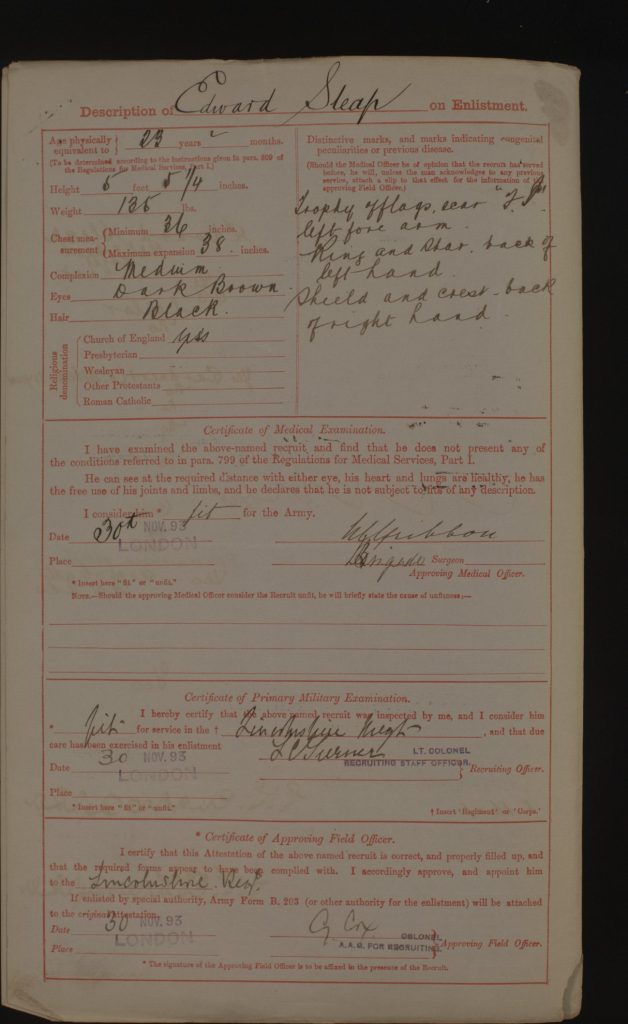
Next, Teddy served seven years in India with the Army, and married a London flower girl (the marriage was annulled after the bride made the trip to India and proved to be “of unsavoury character” according to the Gibbons history). Altogether, he spent 12 years and 37 days in the British Army, just long enough to qualify for a pension from the London Royal Chelsea Hospital.
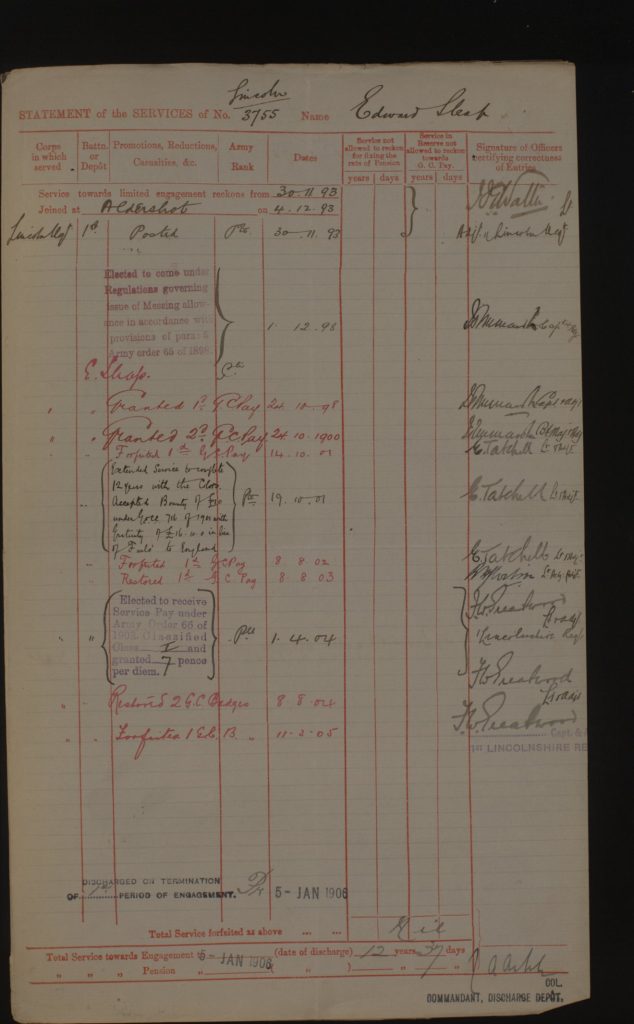
At the age of 35 Teddy Sleap left the British Army and immigrated to Edmonton, Alberta with St John, New Brunswick as his entry port. Perhaps he knew someone in Edmonton – we don’t know that part. In the 1906 Alberta census his occupation is farm labourer, and in 1911, music teacher. He lived in a shack on Joe Oliver’s quarter south of Gibbons where he grew a master garden and hired himself out as farm labour.
The Bon Accord and Gibbons histories tell us people would come from miles around to hear Teddy Sleap play classical and bar music at the Halfway House Hotel[iv] (half-way to Fort Saskatchewan) on Saturday night (unless he was drunk, and sometimes he played anyway). Some of them might have also come to Battenburg Emmanuel Anglican Church on Sunday morning to hear him play the organ. He plucked the strings of the cello and performed in concerts with Katheen Graydon Gibbons, a renowned local diva. People talked about his box social creations – one year he built a four-foot high grain elevator replica, and another year, a to-scale tank complete with turrets. In the Great War, he moved in with the Sloan family in Bon Accord to help when their sons went off to fight, and sang with Mrs. Sloan, an accomplished musician.
When Teddy Sleap died in 1923, he left no family or estate. People of the community erected a solid granite headstone still standing in 2021 in Sunnyside Cemetery.
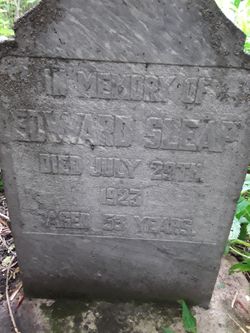
[i] Indigenous and First Nations burial grounds have been treated with less respect, so far as I can determine:
https://ammsa.com/publications/windspeaker/burial-site-has-potential-national-historic-designation
www.abheritage.ca/eldersvoices/history/beginnings_pehonan.html.
[ii] Benjamin Hewitt was my great-grandfather. He is probably not buried at Sunnyside, but rather in an unmarked grave on the grounds of the Brandon, Manitoba Asylum where he died. Mary Ann Brindley Hewitt, my great-grandmother is buried at Sunnyside. When she died in June of 1902 the Sturgeon River was in full flood and her coffin, resting on planks on top of a wagon, was almost swept away.
[iii] James, L. (2001). “Warrior race”: A history of the British at War. London: Abacus.
[iv] See: Ream, P. (1974). The Fort on the Saskatchewan: A resource book on Fort Saskatchewan and District (2nd ed.) Metropolitan Printing.

